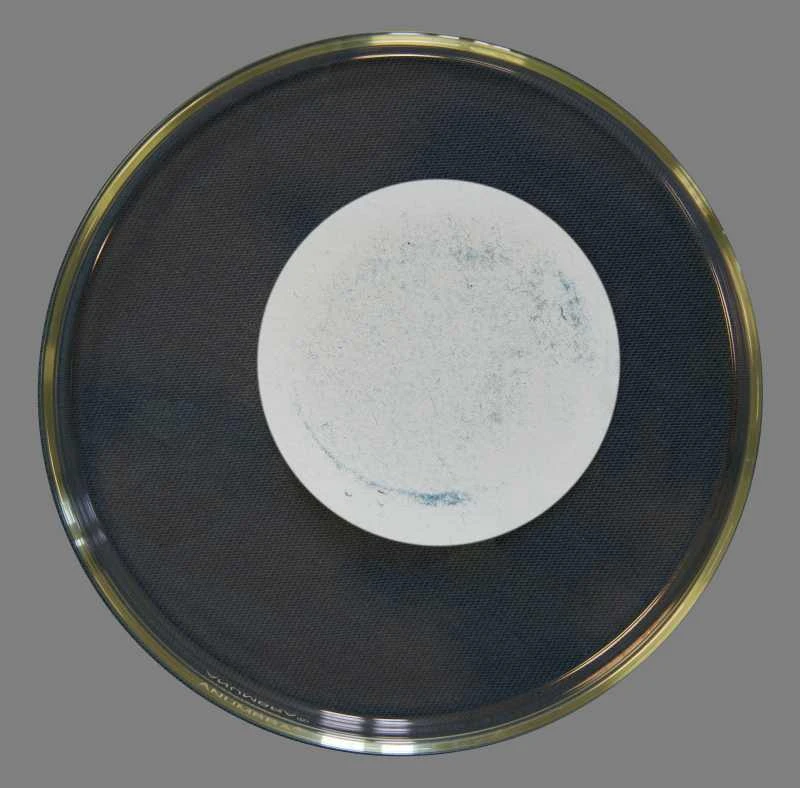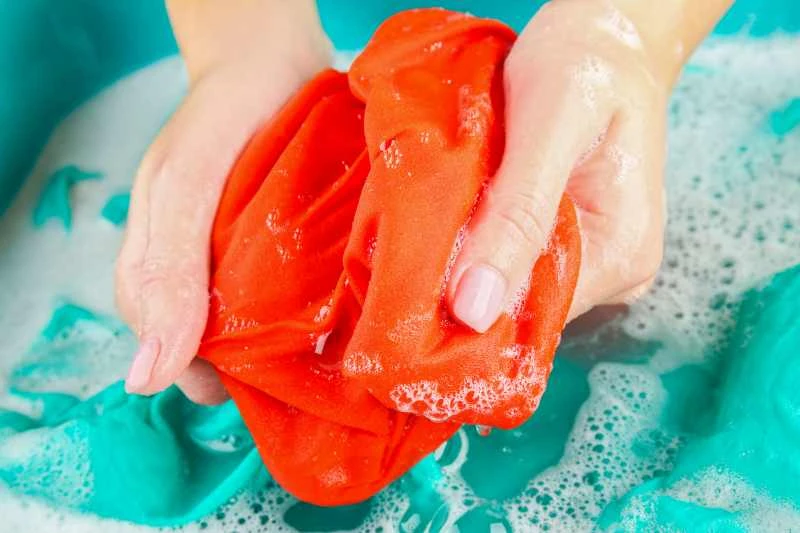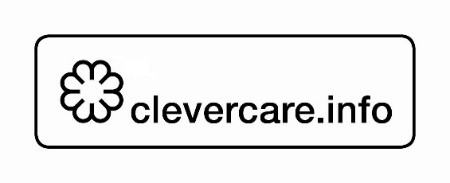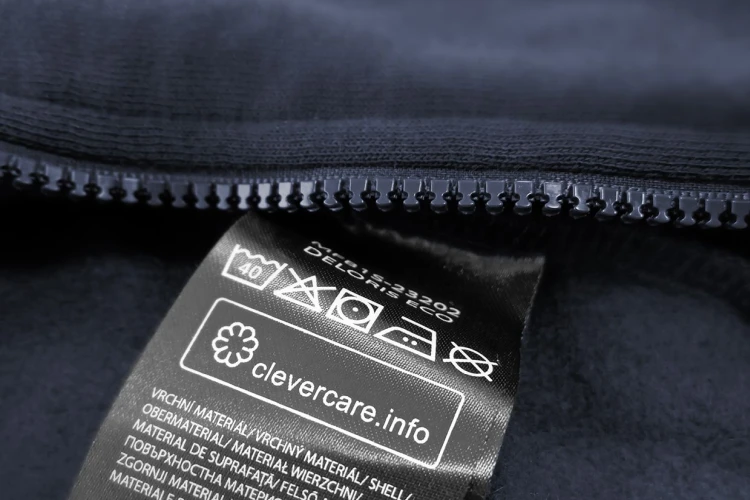SOTEX GINETEX: Gentle and Responsible Care is the Right Step Towards Sustainability
April 17, 2025 / 2:35 PM
SOTEX GINETEX CZ is a member of the international GINETEX association and, through this membership, enables Czech companies to use care symbols and the CLEVERCARE label. It grants members a unique license to use care symbols on garment labels. SOTEX is the owner of the only quality label for textiles in the Czech Republic – QZ (Guaranteed Quality), which is part of the Czech government's Czech Quality program. SOTEX advises Czech companies on how to correctly label products in compliance with applicable legislation and ensures the integrity of care symbols so they are not misused or distorted, thus preventing breaks in the information chain. SOTEX currently has nearly 900 member companies.
In recent years, the issue of sustainable textiles has increasingly gained attention from both professionals and consumers. Why? The answer is simple – there is too much textile waste, and its disposal is becoming a major problem for waste management systems, even though people are trying to sort it. But another issue is irresponsible textile care. Simply put, we often wash clothes far more frequently than necessary – even when they are not actually dirty. Here are a few facts about washing – and maybe they’ll help you see textile care in a new light.
Do you wash your clothes after every wear, or do you wait until your shirt or pants are actually dirty? Many people assume that wearing a shirt once makes it dirty. But that’s not necessarily the case. If the garment isn’t visibly dirty or sweaty, there’s no need to wash it immediately. The number of washing cycles in households is increasing due to excessive hygiene habits. This behavior has several negative effects. Let’s take a closer look:
1. Overwashing wears out textiles. Washing is a demanding process for fabrics, involving detergents and mechanical stress. This mechanical strain wears down fibers and reduces the garment’s lifespan. In the case of synthetic fibers, another issue arises – tiny plastic fragments (microplastics) are released into wastewater, eventually reaching oceans. These microplastics make their way into the food chain through fish, seafood, or even algae that we consume.
2. Excessive washing creates a high volume of wastewater. Water consumption and wastewater production are key concerns today. Droughts are affecting groundwater levels, which prompts us to reconsider how often we wash – and whether it’s necessary to run small loads. Even handwashing isn't always more sustainable. Often, using your washing machine’s handwash program is more water-efficient.
3. Overwashing consumes electricity. Washing machines require electricity – primarily to heat water and spin-dry clothes. That’s why it’s important to consider your chosen washing temperature. For everyday clothes, 40 °C is usually sufficient; for bedding, 80 °C or higher is ideal to kill dust mites. In any case, the best way to save energy is to fully load the washing machine. Even half-load programs consume nearly the same amount of energy and only about a third less water.
So, how can we tackle this issue?
It’s not complicated, but changing your textile care habits can be challenging. Here are a few tips:
- If a garment isn’t dirty or sweaty, hang it up on a hanger or chair. Airing it out helps regenerate the fibers and makes it ready to wear again.
- If a garment is dirty, remove larger stains and wash it together with a full load of laundry to make the most of the water and energy used. Even if you choose a half-load program, energy use is nearly the same. For optimal mechanical washing action, mix large and small items.
- Spin-dry your laundry well to reduce drying time and energy use. Only iron when necessary – for example, knitted items like t-shirts or underwear don’t usually need ironing if hung properly.
Can’t remember all of this? No problem! GINETEX, in cooperation with its members, has developed the clevercare.info initiative, where you’ll find these and many more helpful tips. In the Czech Republic, this initiative is promoted by SOTEX GINETEX CZ – and successfully so. More and more Czech companies are joining the trend of sustainable care, and you’ll now find the logo referring to this website on many product labels. The site offers detailed guidance, stain removal advice, and care tips for delicate textiles.
You can find the clevercare.info label on a wide range of products – such as sportswear by Sportisimo or Bushman, bedding labels by B.E.S. Petrovice or Písecké lůžkoviny, and even on garments from the iconic brand Cityzen.
If you're a fan of sustainable care, try using the "Můj štítek" (My Label) mobile app. It lets you take pictures of your clothes, store essential care info, and find the correct textile care methods including care symbols.
And if you’re interested in more tips or data backed by surveys and research, we’ll be happy to help! Visit us at BPM (Brno Patchwork Meeting) – we’ll be at booth no. 018 in hall A1 for all three days.
We look forward to seeing you!
More info:
www.sotex.cz
www.symbolyudrzby.cz





